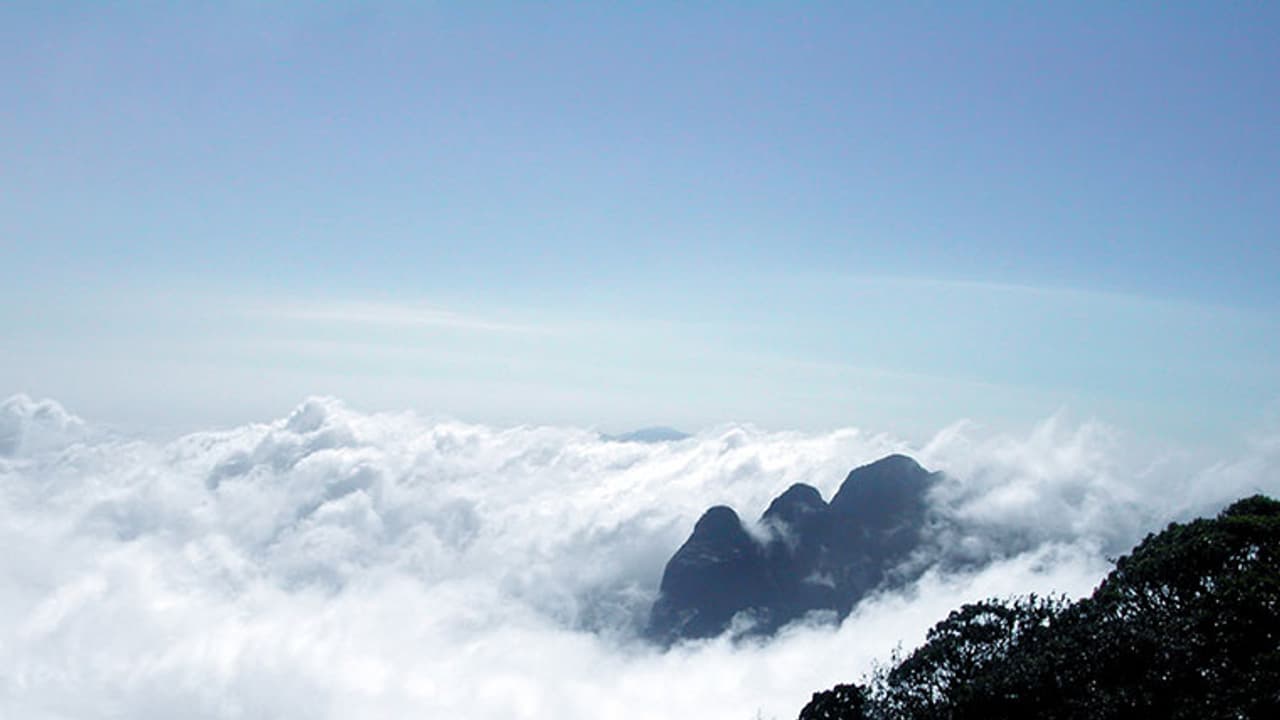Last year, the government had decided in principle to allow women climb the peak. When the booking for the annual trekking started, the Forest Department reinvoked the condition that restricted women.

Junko Tabei, a Japanese woman who conquered Mount Everest on May 1975 at the age of 35. Bachendri Pal followed her trail in 1984 and made history as the first Indian woman to touch the world's highest peak.
More than four decades after women mounted the ice-capped mountain 8,848 metres above sea level, here in 'progressive' Kerala, women are forbidden to join the annual trekking to the Agastyamala, the second highest peak (1,890 m above sea level,) in South India, citing risk factors!
Some women organisations in the state are up in arms against the discriminatory practice. And they are asking the same question: If women can set foot on Everest, why not Agastyamala?
It is unfortunate that women are not allowed to climb the peak when the state is ruled by a government led by Left parties, criticised women's organisations including Anweshi, Pennoruma and Wings of Kerala. The organisations are also planning an agitation against the discrimination.
Every year, in January, Kerala Forest Department opens the Agasthyamala Biosphere Reserve (ABR), one of the 20 Biosphere Reserves in UNESCO's list, for the public for over a month. But women and children below 14 years are not allowed up the peak. Last year, during the annual trek, the state government had relaxed the restrictions after women's organisations raised a protest. But the trekking season had ended when the government finally took the in-principle decision to give women permission to climb the peak.
This year, when the online booking for the annual trekking started, the Forest Department once again invoked the condition that restricted women.
Trek to Agastyamala, the peak named after the mythological sage Agastya who is believed to have lived there, is considered to be a rejuvenating experience with a lot of health benefits. Home to rare herbs and orchids, the bio reserve is also a bird watcher's paradise.
The annual trekking to the peak will begin on 14 January.
